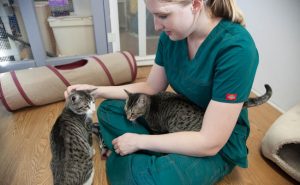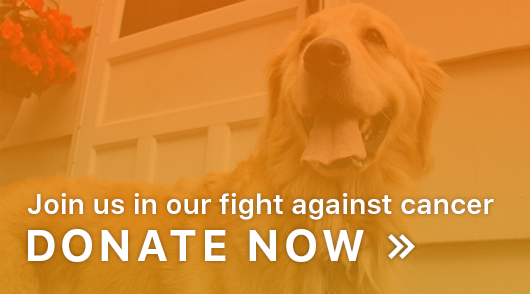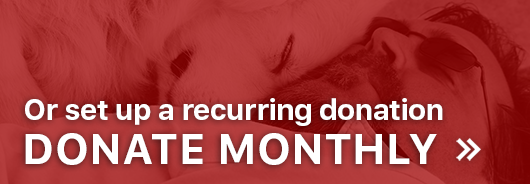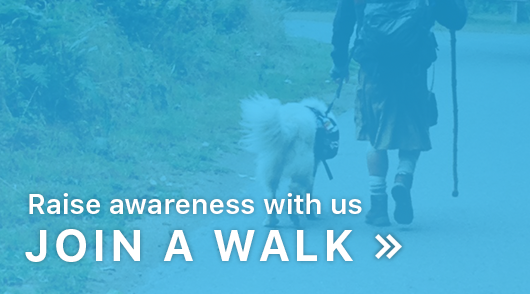
From Care2.com
Being a veterinarian sounds like a rad job: You get to hang out with animals all day, saving lives. Unfortunately, as in any field of medicine, the lifesaving is also mixed with tragedy. And for veterinarians, the tragedy can be amplified in their interactions with animal guardians facing tough choices for their beloved family members.
A new study, “Ethical conflict and moral distress in veterinary practice,” examines the emotional toll of medical decision-making in veterinary settings — and it’s worth a read.
For veterinarians, this research may help validate some of the feelings they experience — and explain why the suicide rate is so high in the veterinary profession. But for pet guardians, it may also provide some insights that may help them relate to vets and develop some compassion around conversations that are difficult for everyone.
This study, which involved anonymous surveying — no animals were used in the research — included 49 questions designed to learn more about ethical conflict in clinical settings, how much training veterinarians had received to address it and to what extent that conflict affects their lives.
For example, respondents were asked if they’d ever been asked to “do something…that feels like the wrong thing to do.” Forty-five percent said they had; and almost 50 percent said they’d encountered situations where they felt it would be impossible to do “the right thing.”
Respondents also said that these kinds of situations — like requests for euthanasia when an animal might be treatable, pursuing a course of treatment that wasn’t recommended or being forced to comply with a regulation or law like a euthanasia mandate for dog bites — didn’t just affect them. Over 70 percent said these situations created moderate to severe distress for their staff, highlighting that this problem isn’t just limited to the doctor. Veterinary technicians, attendants and even receptionists can also get involved in a tough case, and they may struggle with how to respond.
While many people think of the classic horror story — a pet guardian requesting euthanasia for a totally inappropriate reason — when they hear about ethical conflicts, there are other issues that can be morally stressful too. Sometimes pet guardians opt out of treatments that could improve quality of life or survival for their animals, occasionally for financial reasons. Others swing in the opposite direction and request invasive, stressful interventions that don’t help the animal and may even cause harm.
The anti-vaccination movement is also active in the veterinary world, highlighting that some of these conflicts include arguments over appropriate wellness care, too.
Veterinarians are in a strange position, with patients who can’t make decisions for themselves and can’t be informed about the nature of their condition and the treatment options. Vets are supposed to care and advocate for animals, but conflict with pet guardians can turn their job into a nightmare — and one that some respondents said affects they way they treat patients.
This study suggests that veterinarians need more training in client communication and conflict resolution, along with their staff. Veterinarians who deal with tough circumstances every day may also not always be as compassionate with pet guardians handling a critical illness or injury for the first time — and that’s something vet schools can better prepare people for as well.
But pet guardians may also want to think about their role in this process. It’s heartbreaking and frustrating to be dealing with a medical crisis and hear there’s nothing you can do — or to be told that the best treatment option is very expensive. Vets aren’t happy about having that conversation either; they’d love it if they could stitch up the dog who was struck by a car and send them on their way, or perform a minor procedure to remove a malignant tumor from a senior cat and have that be the end of it. And hearing that clients can’t afford care is painful for veterinarians, too.
Veterinarians care deeply about their patients, and they also bring a depth of experience to their work. Pet guardians who are facing stressful decisions sometimes take out their frustrations on providers and staff — “you’re just in it for the money” “there has to be something you can do” “I can’t believe you charge this much for euthanasia” — and it’s important to be conscious about this kind of deflection so you can take steps to prevent it. If you’re feeling steamed up at the vet’s office, recognize that you might be scared — and take a little time out.
Pet guardians may want to think in advance about the kinds of questions to ask in the face of a scary diagnosis or emergency. Things like: “What are my treatment options and what’s the prognosis with various choices?” “Is there a course of treatment you recommend?” “Is this condition painful, and what tools are available for pain management?” “What kinds of side effects can we expect from treatment?” “Will this require specialist care, or would I have more options at a specialist or an academic medical center?”
Be aware that many conditions we can treat very effectively in humans are not curable in animals; the goal with many cancers, for example, is control and better quality of life — not remission.
When it comes to money, vets I’ve talked to about this issue stress that it’s appropriate to bring up any constraints at the start — and that it may open up more options when vets are aware it’s a concern. In many areas, financial assistance programs are available to help with care, and a vet may be able to connect clients with some options. Veterinarians can also think about out-of-the-box ideas to treat an animal or better control a condition at lower cost; for example, my own vet recommended OTC antihistamines for humans — cut in half — over an expensive brand-name veterinary prescription.
And, these clinicians say, they haven’t judged patients who have had to make difficult decisions motivated by money: As one put it, “if you lose your house treating your dog’s cancer, I don’t consider that a positive outcome.”
Photo credit: Austin Community College/Creative Commons








